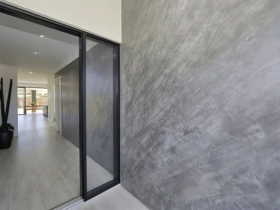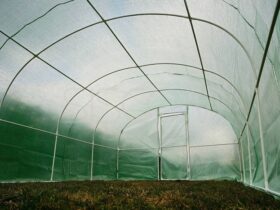Tiles, this is one of the main elements of the decor of the room. The main task for its layers was always the preparation of the foundation. High -quality preparation of the base for laying tiles is the most important point for the production of this flooring option. It is this time -consuming process that becomes the key to a long successful operation of the floor.
In professional construction terminology, this process of leveling the floor, passes under the name «screed». Traditionally, this is a solution of cement and sand. The modern construction market offers for these purposes a large number of necessary dry mixtures. Sometimes the floor is aligned with chipboard, plywood or gypsum -accommodation plates.
Standard screed, based on cement and sand, this is the simplest mixture. It is prepared at the rate of one for three. Where one is cement. Adding three parts of the sand, it is necessary to add half the part of the water. Having mixed all this, you will get a finished solution.
The desired height of the screed is applied to the walls of the room, using an ordinary building level. On a pre -cleaned floor, set level beacons. Metal pipes are usually used, you can wooden rails. Set beacons on a fresh solution of low quality. Adjusting the height, the method of drowning in the solution. The distance between the pipes is about two meters. The closest to the wall is located thirty centimeters from it. The space between the beacons is gradually filled with a solution from one to another. A special rail, it is aligned by lighthouses. After the day passes, the lighthouses are removed. Openings after removal, are also filled with solution and equalized. The entire surface is aligned with a metallic rule. Now you need to wait until the solution is grasped in the openings. After two hours, the screed is wiped with a wooden half.
At the end of the work, the entire surface must be covered with a film made of polyethylene. If there is no such possibility, then you need to moisturize the surface twice a day. All windows and doors must be closed to prevent cracking of the surface layer. Ready for further operation, the surface becomes in twenty -eight days. This is the period after which the screed acquires the desired twistedness.
In order to speed up the process of preparing the floor and avoid excessive humidity in rooms, there is a completely different technology. This is a floor of gypsum sheets. Such a floor does not require additional time for drying. It can be operated at once.
The material must be unpacked and kept in the room for two days before installation. This is the time for acclimatization. Previously, the floor must be cleaned of various garbage and drainage, and various defects should be corrected with a solution. At the same time, the quality of the solution can be low. Having marking the level, polyethylene is laid on the floor. It is laid on the walls, higher than the level of planned for the floor. Then, along the entire perimeter of the room, an irritation tape is attached to the walls. On a lined polyethylene, pour dry backfill and thoroughly align. Sheets are laid in two layers. The distance between the joints in both layers should be at least twenty -five centimeters. Under the sheets of the second layer, glue is launched and the upper layer is pressed to the lower self -tapping screws. This achieves a certain monolith of the base. A special primer, levels all the flaws of joints and flaws from self -tapping screws. This primer allows you to polish the flooring well well. Cutting the excess polyethylene and the hem of the tape, they complete the installation of the floor.
.











Оставить коммент.